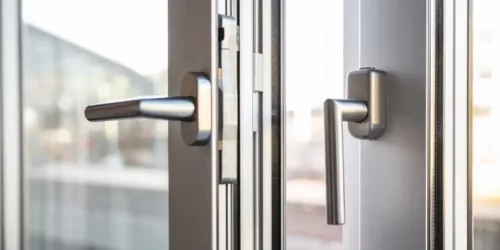Guide to uPVC Bifold Doors
- Customisable uPVC bifolds in colours to match
- Low maintenance and high energy efficiency
- Comparison between aluminium and uPVC bifold doors
Bifolds are a modern solution for the contemporary home. Offering panoramic views of the outside and combining both the indoor and outdoor environments in a seamless way, they have grown in popularity for homeowners up and down the country. uPVC bifold doors are a more affordable option for those who don’t wish to extend their budget into aluminium. While still more expensive than other door systems, they are no less impressive.
This article will detail all you need to know about uPVC bifold doors. From how they work and what their advantages are, to what you can expect to pay for them, it will all be included here. It will also compare uPVC and aluminium bifold doors, so you can see how they contrast.
Interested in uPVC bi folding doors already? Use our online quote comparison tool to find out how much you’d pay. It only takes a minute.
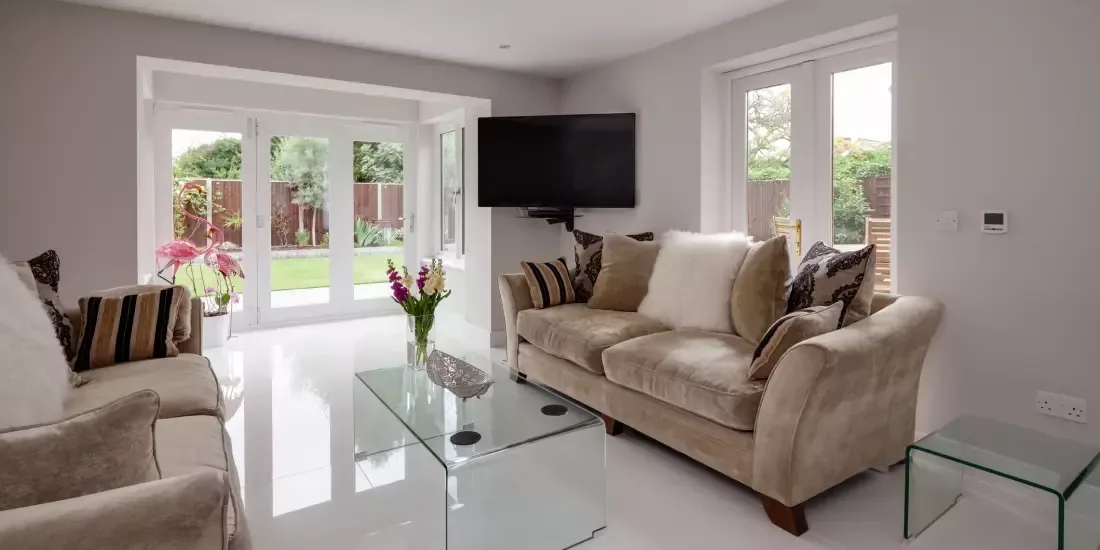
What's On This Page?
Click the links below and head straight to a specific section of the article.
How Do Bifolds Work?
Unlike with French doors, multiple panels of full length glazing are constructed in such a way as to fold into each other in a concertina fashion. These bifold panels are usually constructed from aluminium, but uPVC bifold doors also exist. One principal door is also available, which operates like a normal hinged entrance. This prevents you from having to operate the full door every time you want to quickly pop outside.
Sometimes called folding sliding doors due to the way they slide to open and close, bifolds run on tracks. This tracking system keeps the panels in place and makes sure they operate smoothly. A locking mechanism keeps your door secure, and each section usually locks separately. Whether you choose aluminium or uPVC bifold doors, you can customise them to work how you need.
Access Door
The principal door, otherwise known as the access door, is a helpful inclusion to any bifold. As the whole entrance takes up a lot of space, it would be inconvenient to keep opening the whole thing every time you need to use it. Depending on the layout of your home, you can choose to have this access door on one side of the folding panels or even have it built into the sliding system. You can make uPVC bifold doors suit you by adding this functionality.
Top-hung or Bottom-rolling
Able to be installed either way, these options depend on the structure of your home. You can either install uPVC bifold doors to be supported from the top of the frame, using a strong beam, or from the bottom, using a suitably secure base. The difference in the door opening operation is minimal, however, so you won’t have to worry about interfering with the mechanism.
Advantages and Disadvantages of uPVC Bifold Doors
If you hadn’t heard of bifolds in uPVC before, you wouldn’t be alone. The benefits of choosing uPVC over aluminium are mainly down to personal preference, but a price element could also come into it. While some new build homes may feature uPVC bifold doors, you could still improve the market value of your current home in the same way if you have them installed.
Advantages
More natural light
Improved insulation
Better security
Aesthetic appeal
Customisable
Minimal maintenance
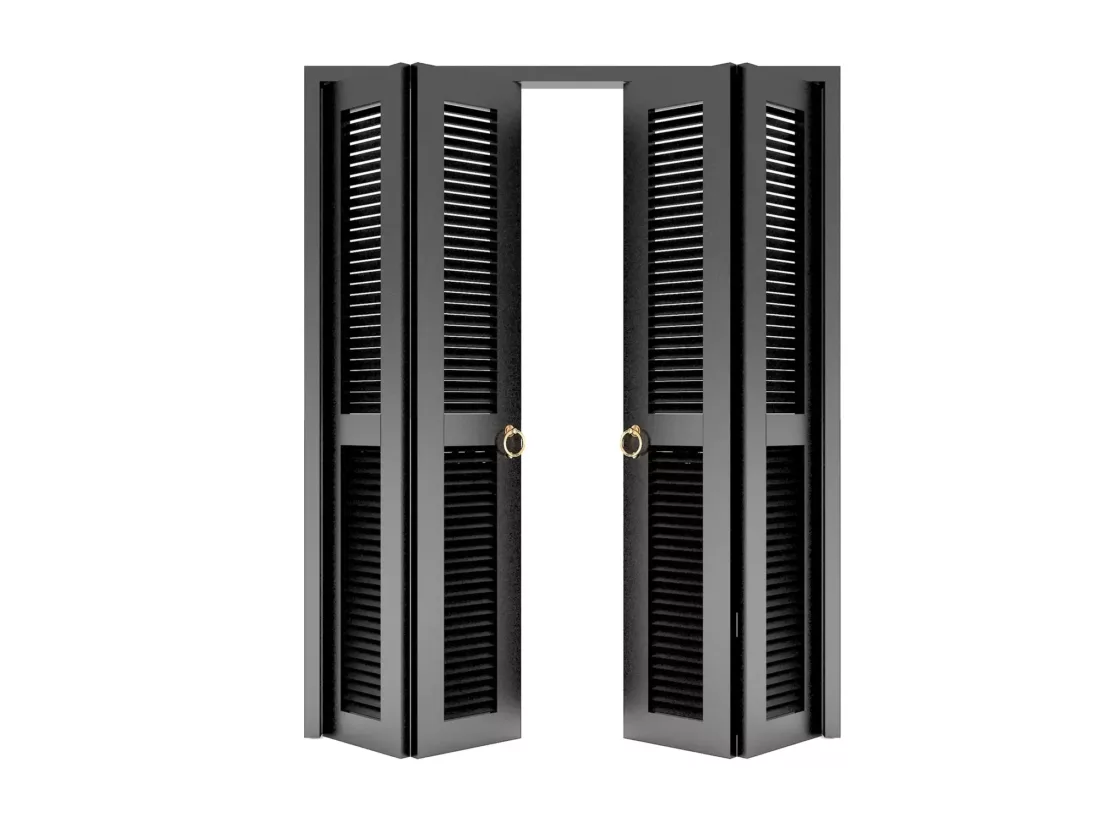
With more natural light able to come into the home, this offers numerous health benefits. Additionally, uPVC bifold doors feature slightly better insulating benefits compared to other materials. This is because of its bulkier frame, which is coincidentally how it’s able to offer better security, along with the locking mechanisms.
In terms of aesthetics, uPVC bifold doors are pleasing, especially with the seamless open space they provide when in use. They’re also able to open up a property and give the impression of more space, which you can customise to suit your property.
When it comes to maintenance, because uPVC bifold doors operate on tracks, they are simple and easy to clean. Although there’s more of a surface area of the glass, this can make it simpler. When the door is open, the running track can be cleared by using a vacuum cleaner.
Disadvantages
Thicker than aluminium
Can encroach on internal space
High cost
Environmental impact
On the downside, the thickness of uPVC bifold doors can be a drawback, at least compared to aluminium. As a thicker material, this can obstruct external views more. This also means that when open, the folded frames can encroach on internal space a little more. Any bifold will suffer from this issue to some degree.
Price will always be a factor with new openings, and uPVC bifold doors are no different. Even though they are less expensive than aluminium, they will still set you back much more than other door types. With uPVC as well, the material takes more energy to produce compared to other materials.
How Much Do Bifold Doors in uPVC Cost?
The price of uPVC bifold doors will mainly depend on how large they are and how many panels you need. This can be as little as £2,000 for 3–5 panels, but easily extend beyond £4,500. You will also need to factor in the design and any customisations that are necessary.
You can get an idea of what your uPVC bifolds will cost by looking at the interactive graph below.
While we’ve listed labour costs separately, they are already factored into the prices. On average, it will be around £800 a day to install uPVC bifold doors, and it rarely takes longer than a day to fit them. Of course, if it’s difficult to get to the area or the space is complex, this will inevitably drive up the cost.
You may be interested to know that sliding glass doors can end up being more expensive than bifolds, depending on their size. Large panes of glazing are relatively expensive to produce, so for bigger openings, you could save money by opting for bifolds instead.
Finance Options
As uPVC bifold doors are a big initial cost, it’s not always practical to pay this in one lump sum. Fortunately, some companies offer finance options, which spread the cost over several months or years. This allows you to not worry about it impacting your finances as much. Even though interest will be added to these payments, it works out as a more affordable option for some.
Should I Get uPVC or Aluminium Bifold Doors?
Even before you choose one material over the other, you should first appreciate that both aluminium and uPVC bifold doors offer good levels of energy efficiency and high security. With double glazing and standard security locks, you can have peace of mind regardless of your choice of bi fold door. They are also both recyclable.
Arguments for Choosing uPVC
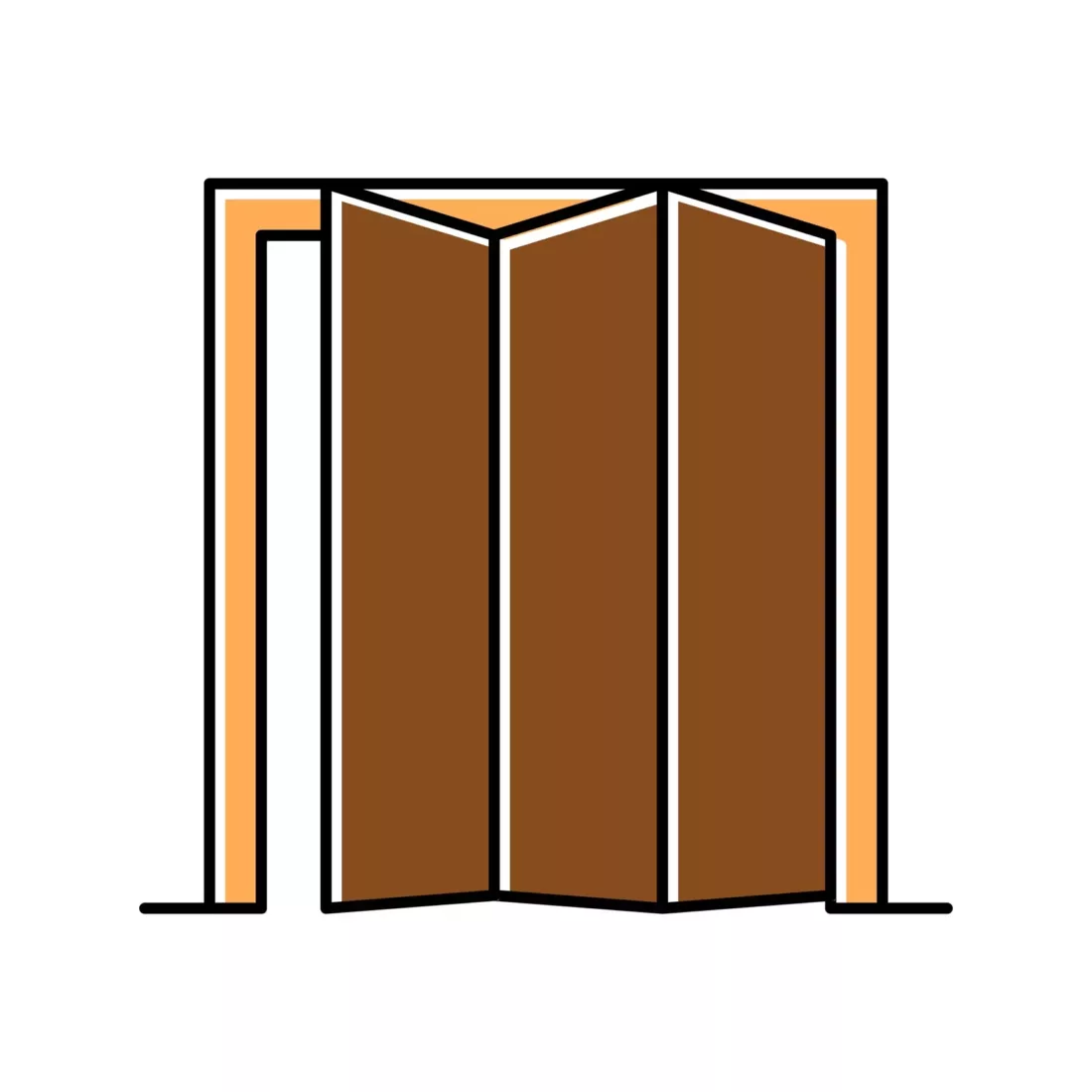
When opting for uPVC bifold doors, you’ll appreciate that it is able to withstand colder temperatures slightly better than aluminium. Metal conducts heat more effectively, which allows for more cold transfer when lower temperatures are present. Plastic doesn’t suffer from this issue.
Additionally, uPVC is much cheaper than aluminium. To bring the costs down on a larger project, choosing to fit uPVC bifold doors will be beneficial. If you’re set on aluminium, you may want to try different options, such as French doors, as these use less material.
Aluminium is prone to corrosion, especially in coastal areas. You don’t have this problem with uPVC. While powder coating finishes can protect the metal, this can come off with increased wear and tear and will need reapplication.
Reasons to Choose Aluminium
Thanks to a whole host of RAL colours, aluminium bifolds can be coloured in more options, not just the standard anthracite grey. While you can still get coloured uPVC bifold doors, you may only be able to match certain shades with the choices available.
Metal is sturdier than plastic, and even though uPVC bifold doors are still strong, they’re not as strong as aluminium. With heavy use, aluminium would also stand the test of time a little better than uPVC. It’s also lighter, which makes operation easier. In larger doors, this can be a significant difference.
Finally, some uPVC bifold doors can be prone to sun damage, especially in white. Constant exposure to UV rays can bring a yellow tinge to uPVC. However, coloured options may not suffer as much from this issue, and aluminium doesn’t have this drawback.
Alternative Option
If you’re not entirely sold on installing bifolds, you could consider looking into sliding doors. These still feature large panes of glass that give you uninterrupted views of the outside, but consist of one fixed pane and two to four sliding panels. When open, these panes sit behind one another, not compacting away as neatly as bifolds do.
On the plus side, sliding patio doors don’t require as much room to operate, and being cheaper for smaller installs, can offer a cost-effective solution. If you’re also being pedantic, sliding doors don’t obscure views of the outdoors as much as bifolds do because the supports aren’t as thick.
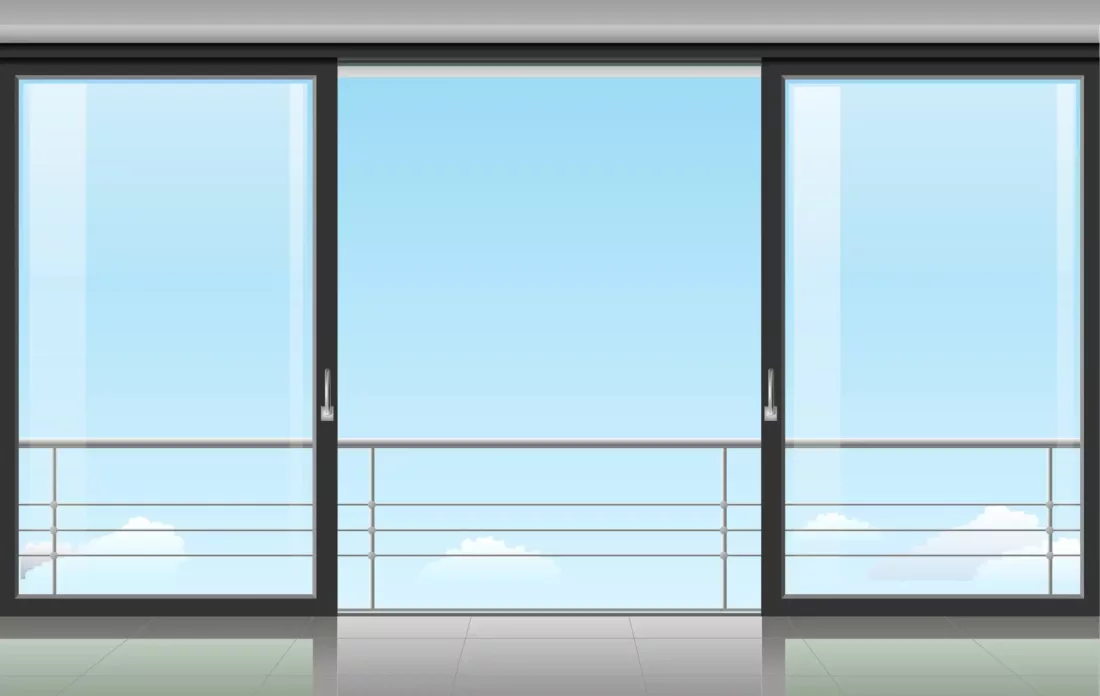
Internal uPVC Bifold Doors
You are able to install bifolds on the interior of your property too. It’s not just external bifold doors that you can benefit from, as you can extend these impressive openings into the interior. While internal bifolds are usually made of wood, you can still install uPVC bifold doors, but it would depend on where they’re situated.
As far as normal doorways are concerned, it wouldn’t make sense to fit uPVC bifold doors as they will be too bulky. Instead, they could be more beneficial in certain rooms, such as leading into a conservatory or large, open plan area. The benefit here is that they can open up different areas of the home and offer more space when needed. They can also complement accompanying bifold patio doors.
Installation Time
The actual length of time it takes to install bifold doors is relatively short. If the existing space is ready for your uPVC bifold doors, then they can be installed in a few hours. Big, more complicated jobs can take a full day to complete, especially if the gap in the wall is not yet present.
When it comes to installation, the gaps will have been measured several times before your bifolds are created. This ensures that they are manufactured properly to fit. Unlike other window types, uPVC cannot be shaved down to fit, as all doors are made to measure.
Find Trusted Installers
Research is always the best place to start. Any bifold installer should come with suitable qualifications, such as FENSA and CERTASS. These bodies monitor and guarantee compliance with government standards and Building Regulations, helping ensure that homeowners can trust the work that is going to be done for them.
You can find local installers by clicking on the button below. We can put you in touch with companies who will give you tailored quotes for your project.
Related articles
View all Glazing articles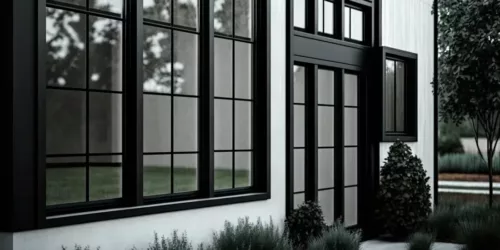
How Much Would It Cost to Double Glaze a 3 Bedroom House?
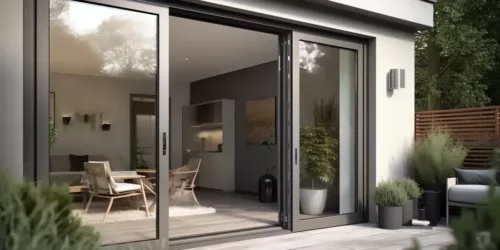
A Complete Guide to Double Glazing Doors
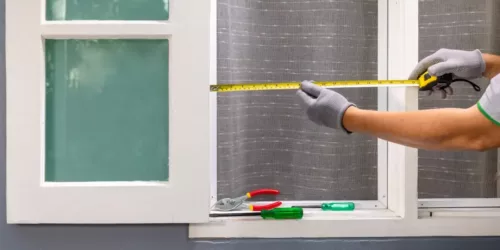
Replace Your Double Glazed Unit - A Useful Guide
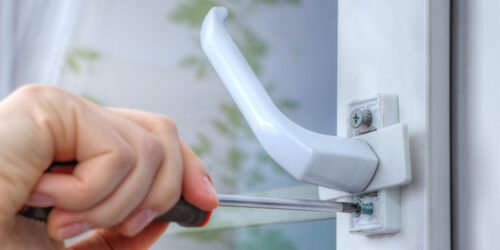
Double Glazing Repairs – All You Need to Know
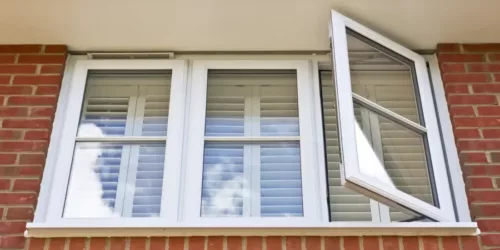
Trickle Vents in Windows: Are They Still Needed?
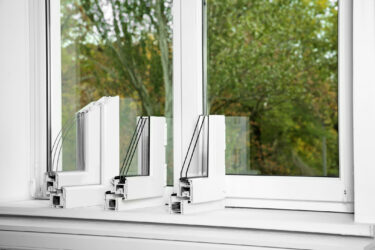
Energy Efficient Windows: A Guide To Better Window Energy Efficiency
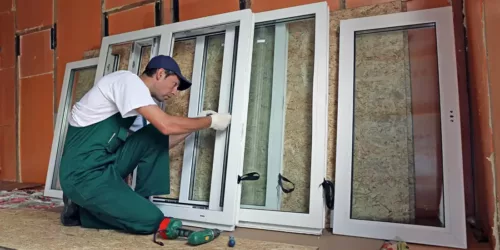
Double Glazing Repair – Is It Worth It?
